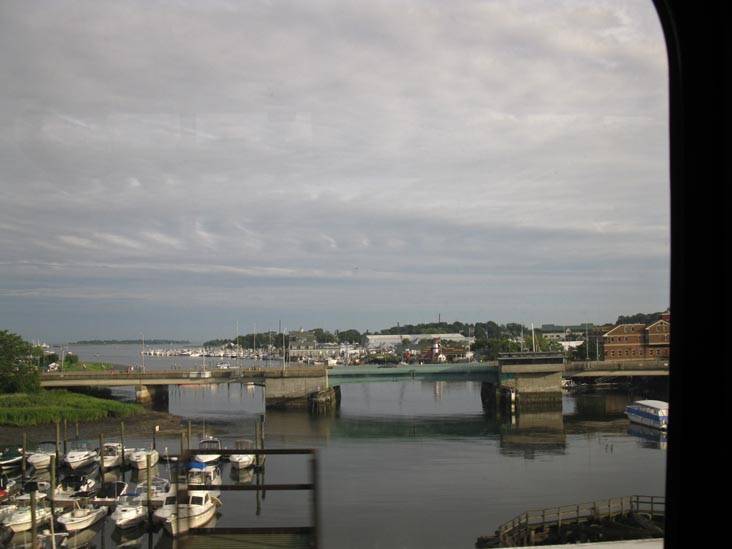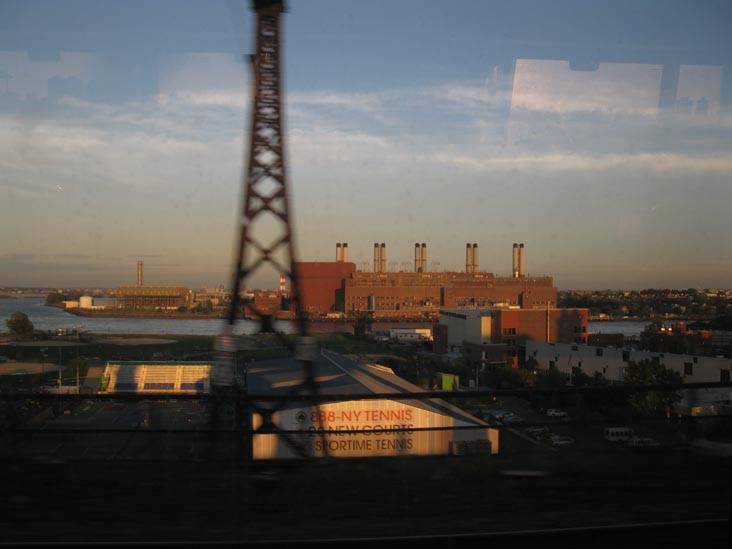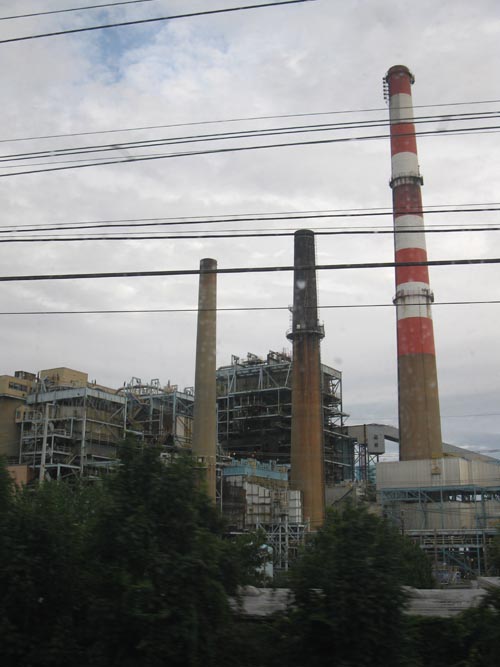So, you prefer a system that is outdated and nearly useless? The world has passed us by.High speed rail would certainly not take a week to cross the country.Yes, it does. Most people have a week or two for their vacation. Thus, when it takes over a day to get from one location to another, whereas an aircraft will take a couple of hours, time is critical. I'm not even talking a great distance. Lets talk Seattle to Portland. My wife and I drove it while my daughter rode with her grandma, we had to wait for them for a couple of hours and that was AFTER we spent time antiquing on the way down.
So, while they were stuck on the train, we were able to stop at several antique shops, eat, and visit the USS Oregon Memorial, all before they got to Portland. You are as wrong as wrong can be.
Uh --- no, I'm not. You take the time you have... and you manage it. Ain't rocket surgery. You people who entertain this obsession with speed at any cost.... SMH
How do you manage a weeks trip across country on a train to visit relatives vs flying for 5 hours and actually being able to spend time with them? No, you are wrong as wrong can be.
How many trillions are we talking? We as a nation are so far in debt. How do we afford such luxury and do we need it, when a system is already in place.
The airplane is not outdated, the rail system is not practical coast to coast. Possibly the east coast it would be practical. 3000 miles, I'd fly.








